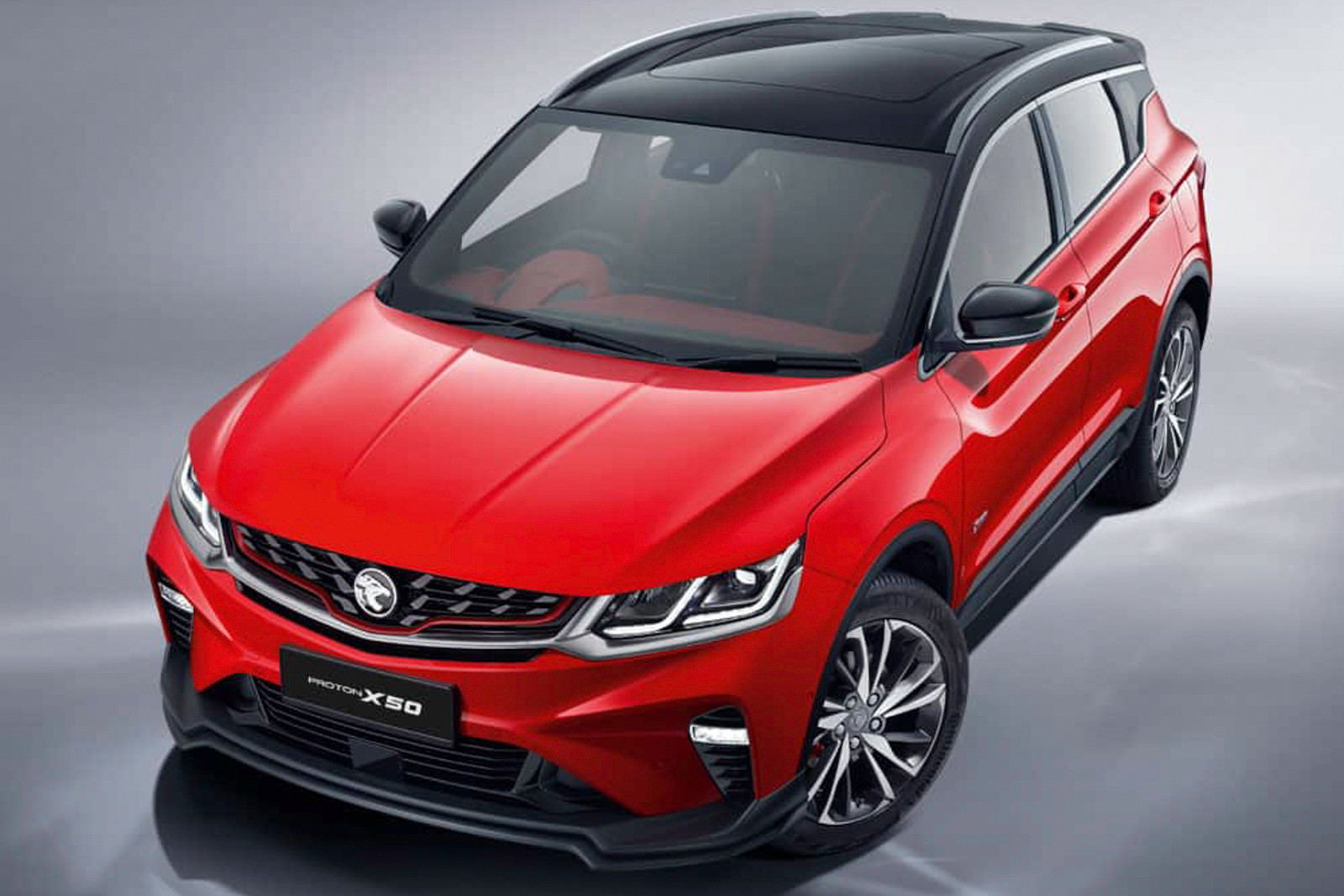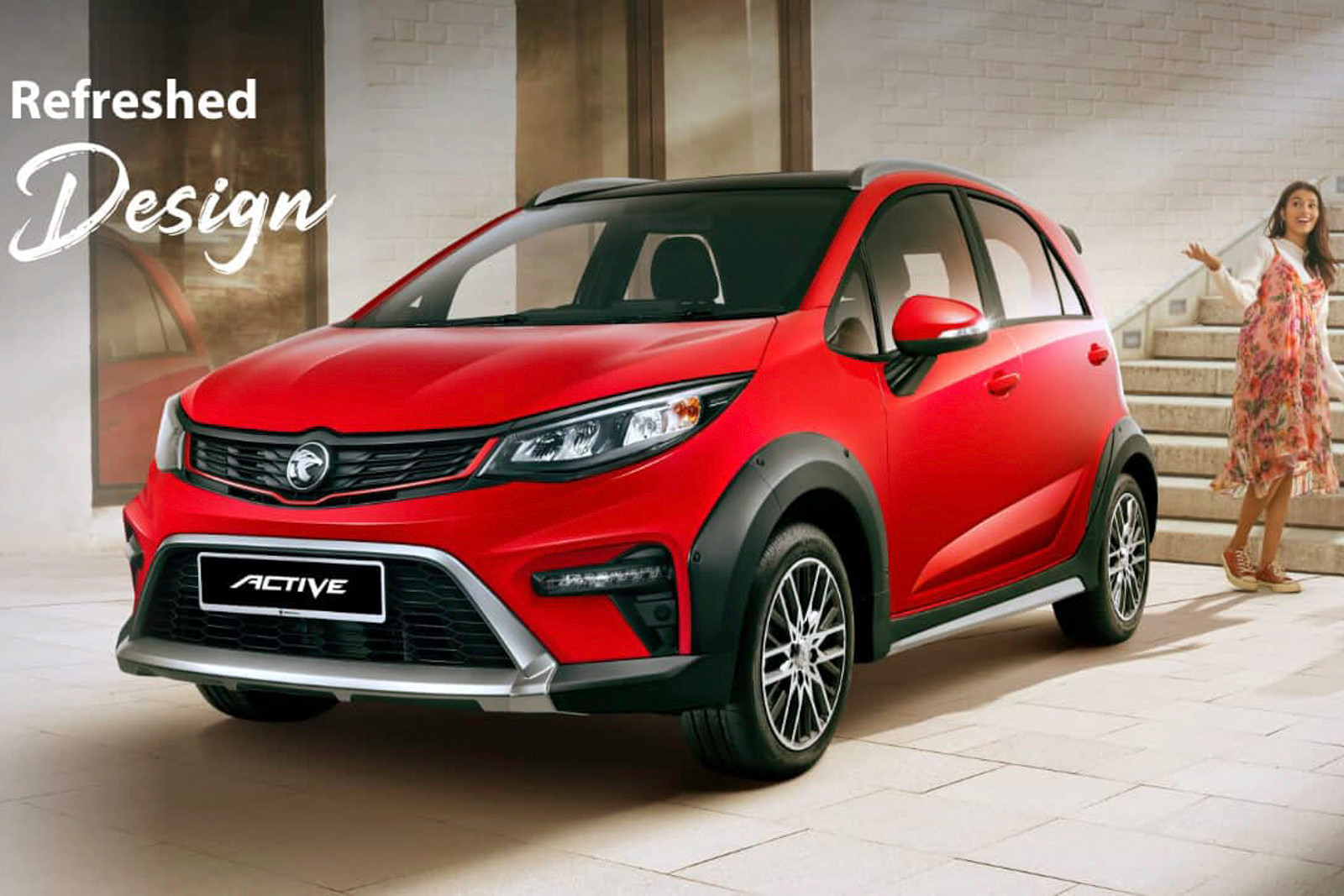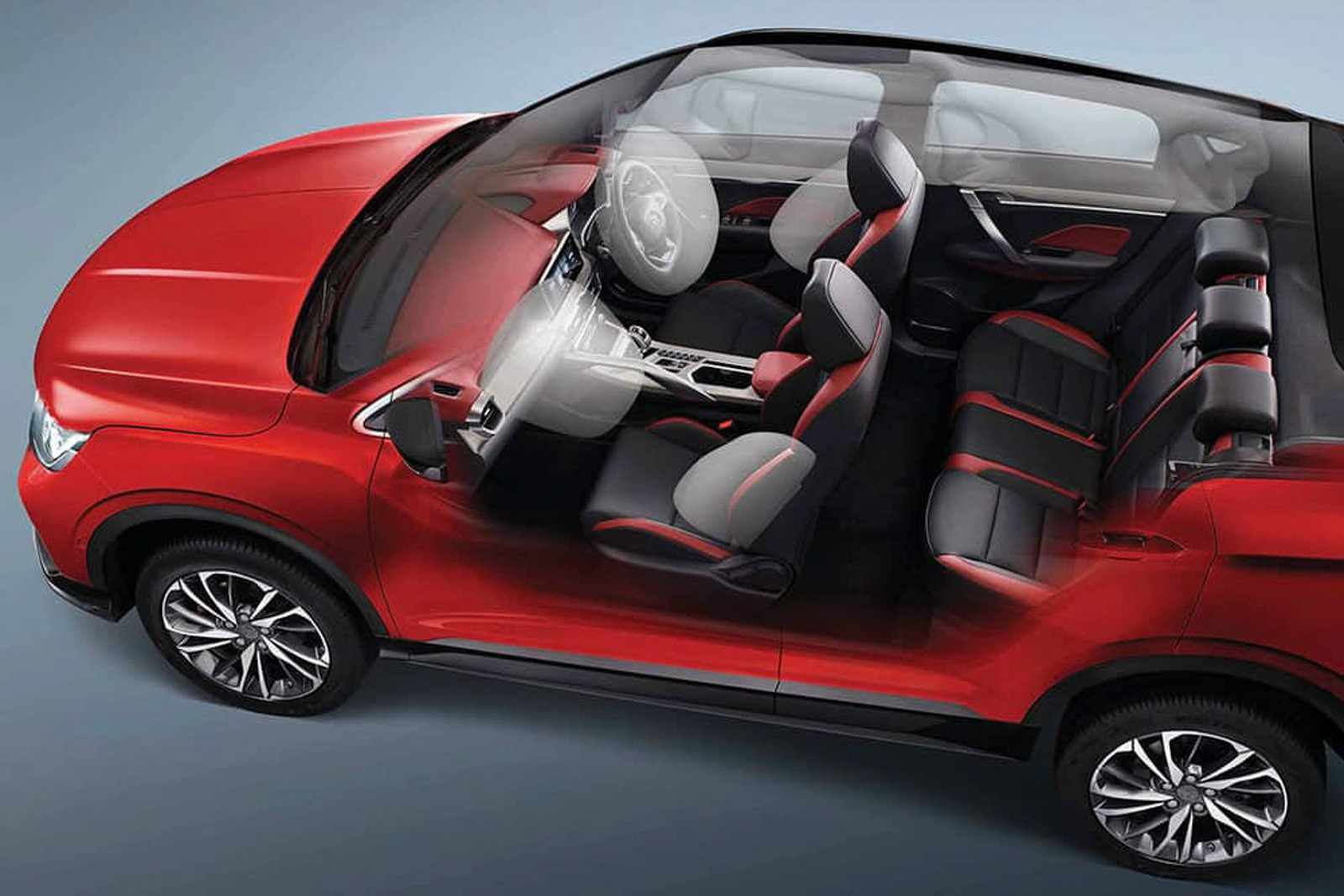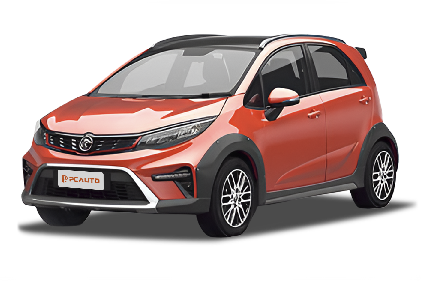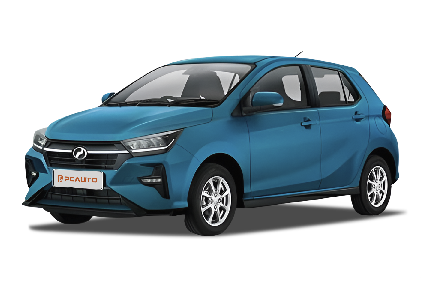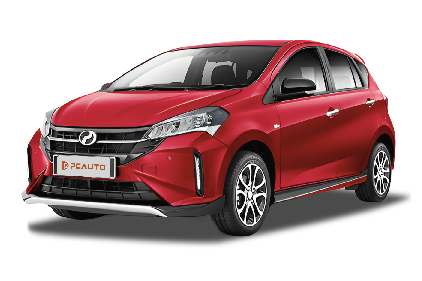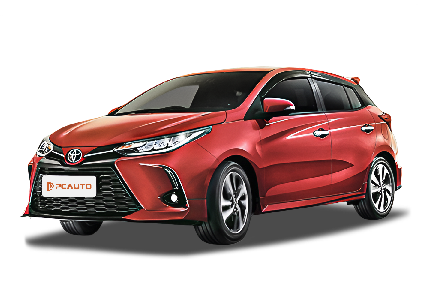Q
How much is a 2020 Polo worth?
If you're looking at a used 2020 Volkswagen Polo in Malaysia, you'll typically find prices ranging from around RM50,000 to RM80,000. Of course, the exact figure hinges on factors like the car's condition, mileage, trim level, and even where you're shopping. For example, the base Polo Trendline will usually set you back about RM20,000 less than the sportier Polo GTI trim.
Key things that affect a used Polo's value? A complete service history is a big one, along with whether it's been in any accidents. Also, check if wear-and-tear parts like tires and the battery have been replaced recently. Pro tip: Always get a PUSPAKOM inspection done before buying to make sure the mechanicals are solid.
In its class, the Polo stands out for that German-tuned chassis and the reliable 1.6L MPI engine. But if you're eyeing a post-2019 facelift model (which added ESC as standard), double-check that the electronic stability control is working properly—it's a crucial safety feature.
Given Malaysia's hot and rainy climate, pay extra attention to the air conditioning system and how well the body has been protected against rust. Cars that have been regularly serviced at authorized VW centers tend to hold their value better too.
On a tighter budget? You might want to check out similarly aged Japanese rivals, but just be aware that parts availability and costs can vary between brands in the used car market.
Q
Why did VW discontinue Polo?
Volkswagen has pulled the plug on the Polo in some global markets, and it primarily boils down to streamlining their lineup and reacting to shifting consumer demands. Take Malaysia, for instance – buyers there are increasingly gravitating towards SUVs and crossovers, which has eaten into the market share of small hatchbacks and, consequently, impacted Polo sales. On top of that, with VW pouring resources into its electric transition and prioritizing more strategically important new models like the ID. series EVs, it's only natural that the update cycle for traditional combustion-engine cars has slowed down.
Killing off the Polo doesn't mean it was a bad car. In fact, it earned plenty of kudos over the years for its solid safety kit, nimble handling, and fuel efficiency. But automakers have to tweak their strategies based on regional tastes. The Malaysian market has seen a noticeable surge in demand for roomier, more rugged vehicles lately. Locally developed models like the Axia and Myvi, or small SUVs such as the HR-V, are resonating far better with buyers. This trend has prompted manufacturers to rethink their product offerings.
Looking ahead, VW will likely plug these gaps in the market with more electric or hybrid models. So, consumers should keep an eye out for what the brand has in store when it comes to new technologies.
Q
What is the price of Polo in 2020?
The 2020 Volkswagen Polo's pricing in Malaysia varies depending on the trim and specs. The base Polo 1.6L MPI starts at around RM 90,000, while the higher-spec Polo 1.0TSI can edge past RM 110,000. For the exact figures, you'll need to check with local dealers and factor in any ongoing promotions they might have.
As a popular compact hatch, the Polo has won over many Malaysian drivers with its solid German build, fuel efficiency, and nimble handling—especially handy for zipping around city streets. Beyond just the sticker price, there’s plenty to appreciate here: safety features like ESP and multiple airbags, a practical yet tech-forward interior with a touchscreen infotainment system and smartphone connectivity.
It’s also worth keeping an eye on government policies in Malaysia, as temporary measures like sales tax exemptions can sometimes lower the overall cost of ownership during specific periods. So, do yourself a favor and hit up a few dealers before making a decision—you’ll get the latest scoop that way.
Q
How much is a VW Polo in Malaysia?
In Malaysia, the price of the Volkswagen Polo varies depending on the trim and configuration. Right now, brand-new models are going for around RM90,000 to RM120,000, with the exact figure depending on which version you pick—like the Polo Beats or Polo R-Line—and any ongoing promotions. The Polo is known for that solid German engineering and a really planted driving feel. Under the hood, there's a 1.0-liter TSI turbo engine that strikes a good balance between fuel efficiency and pep, making it perfect for city commutes or short getaways.
On the safety front, it comes standard with features like ESC and multiple airbags, while Apple CarPlay and Android Auto support add to the daily usability. If you're looking at used Polos, prices will fluctuate based on age, mileage, and condition—sticking to official certified channels is definitely a smart move to ensure quality. Also, don't forget to budget for insurance, road tax, and maintenance costs when buying. VW has a pretty extensive dealer network in Malaysia, so you can count on reliable after-sales support too.
Q
Is the 2020 VW Polo any good?
The 2020 VW Polo is a solid pick in Malaysia's small hatchback scene. It carries that typical Volkswagen build quality and that distinct German driving feel we all know. Under the hood, you've got options: a 1.0-liter TSI turbo (110 hp) or a 1.5-liter TSI (150 hp), both paired with a 7-speed DSG dual-clutch gearbox. Power delivery is smooth, and it's pretty frugal too – VW claims around 5.5L/100km combined, which makes it ideal for city commuting.
Inside, an 8-inch touchscreen with Apple CarPlay/Android Auto comes standard. Step up to the higher trims, and you get perks like a fully digital instrument cluster and driver assists such as automatic emergency braking. All in all, the spec sheet here tends to outshine its Japanese rivals in the same class.
A quick heads-up though: Malaysia's tropical heat can be tough on turbocharged engines, so keeping the cooling system well-maintained is a good idea. Also, if you're stuck in long traffic jams often, switching the DSG to manual mode might help reduce clutch wear in the long run.
Compared to the likes of the Honda Jazz or Toyota Yaris, the Polo might not hold its resale value quite as well, but its driving dynamics feel closer to a Golf than a typical small hatch. That makes it a great choice for younger buyers who care about how a car handles.
When it comes to servicing, VW's authorized service center network in Malaysia isn't as widespread as the Japanese brands, but you can still find legitimate places to get it maintained in major cities. The 5-year warranty from the factory is a nice touch too, helping keep long-term ownership costs in check.
Q
Can you still buy a new VW Polo?
Volkswagen currently doesn't have the all-new Polo in its Malaysian lineup, so if you're after the latest model, you can't grab one through official channels just yet. But hey, the used car market is always an option if you're willing to hunt for a well-maintained example.
The Polo's long been a favorite among Malaysian drivers for good reason – that solid German-built chassis and peppy yet efficient powertrains really hit the spot. The 1.6L naturally aspirated engine and the zippy 1.0 TSI turbo version are especially popular, balancing city-friendly agility with fuel-sipping efficiency perfectly.
If you're set on a small hatchback but want to explore other options, keep an eye on the Toyota Yaris, Honda Jazz, or Mazda 2. All of these are officially sold here with a range of trims to pick from. And for die-hard VW fans? Stay tuned to Volkswagen Malaysia's updates – you never know, they might just bring in the new Polo down the line.
Whoever you end up buying from, sticking with authorized dealers is smart move. That way, you’re covered with full after-sales support and warranty peace of mind.
Q
What is the VW Polo scandal?
The Volkswagen Polo has long been a popular compact car here in Malaysia, though it wasn't too long ago that the "Dieselgate" scandal cast a shadow over the brand. For those who might not remember, that controversy centered on VW Group rigging software in some diesel models to cheat emissions tests. Now, granted, the Polo in Malaysia has always been mostly gas-engine focused, but the whole episode definitely made local consumers way more conscious about environmental compliance when it comes to their cars.
In the aftermath, the Malaysian government stepped up its game, tightening regulations on emissions standards for imported vehicles. If you're in the market for a car these days, a good tip is to get it checked through Puspakom or look up the Department of Environment (DOE) data to make sure it's all above board. And let's not forget regular maintenance – that's key to keeping your ride's emissions system running properly.
Volkswagen's been making big moves towards electrification lately, with their ID. series leading the charge. But even with that shift, the Polo still holds its own in the local market. Why? Well, it's got that nimble handling city drivers love and offers solid value for money – a combo that's hard to beat for many Malaysians.
Q
Is a Volkswagen Polo a reliable car?
The Volkswagen Polo has won a wide popularity in Malaysia's small car segment, with its overall reliability above average—perfect for zipping around city streets. Under the hood, the tried and true 1.6L naturally aspirated engine keeps maintenance costs reasonable, and VW's widespread dealer network here means spare parts are usually easy to track down when needed. A heads up though: European cars are known for more complex electronics, so it's not surprising if minor sensor malfunctions or wiring issues occur after years of use. Sticking to the official service schedule is definitely a smart move to keep those problems at bay. On the road, the Polo leans into that classic German feel with a well - tuned chassis that handles highways more confidently than some Japanese rivals. The trade - off? Rear legroom can feel a bit tight for adults on longer rides. Living in Malaysia's hot, rainy climate? Make it a habit to check the AC system regularly and keep an eye on rust protection—moisture and salt can take a toll. If your budget stretches, opting for the factory extended warranty could save you trouble (and money) in the future. Overall, treat it right by sticking to the maintenance manual, and the Polo will happily handle daily family duties. As for resale, it holds its value about as well as most of its peers in the segment.
Q
Why is Polo costly?
There are a few key reasons why the Volkswagen Polo carries a higher price tag in Malaysia. First off, there's the brand premium – as a global model from Germany's Volkswagen, the Polo has built up strong recognition in the local market thanks to its reputation for solid build quality and brand image. Then there's the import duty factor; Malaysia slaps pretty hefty taxes on fully imported vehicles, and that gets passed straight on to the sticker price.
On top of that, the Polo packs in quite a bit of advanced tech – things like the MQB platform, efficient turbocharged engines, and a comprehensive suite of active and passive safety features – all of which add to the production costs. Interior-wise, too, the Polo doesn't skimp on materials or fit and finish, living up to that typically German standard of refinement.
For Malaysian buyers, the Polo also holds its value relatively well, which actually makes it more cost-effective over the long haul. It's worth noting that while Japanese rivals like the Honda Jazz might come in cheaper, they do differ from the Polo when it comes to driving dynamics and high-speed stability – something consumers really need to weigh up based on their own priorities.
These days, the Malaysian small car market is more crowded than ever, with plenty of local offerings and ASEAN tariff-exempt models to choose from. But the Polo still manages to carve out its own unique spot, thanks to its European roots and well-rounded performance.
Q
Is Polo a luxury sport?
In the Malaysian market, the Volkswagen Polo is positioned as an economical and practical compact hatchback, not a luxury sports model. Its core strengths lie in fuel efficiency, nimble handling, and German engineering quality, making it ideal for city commuting and young families. The Polo's 1.0L TSI turbocharged engine delivers 122 horsepower, and combined with its short wheelbase, it feels agile navigating roads in places like Penang or Kuala Lumpur. However, compared to true luxury sporty models such as the Mercedes-Benz A-Class or BMW 1 Series, the Polo keeps things affordable when it comes to power output, interior materials (like the predominantly hard plastic dashboard), and tech features.
It's worth noting that Malaysian buyers can look out for the Polo R-Line variant. This trim spices up the visuals with sporty exterior add-ons (think front/rear skirts and unique alloy wheels) and interior touches (like aluminum pedals), but it's still fundamentally based on the regular Polo's architecture. If you're chasing more performance, the locally-assembled Volkswagen Golf GTI is a better bet – its 2.0T engine and sport-tuned suspension better fit the "luxury sport" bill. The Polo range, though, is best recommended as an entry point into German engineering, particularly appealing to pragmatic buyers who value warranty coverage (Volkswagen Malaysia offers a 5-year unlimited mileage warranty) and strong used car residuals.
